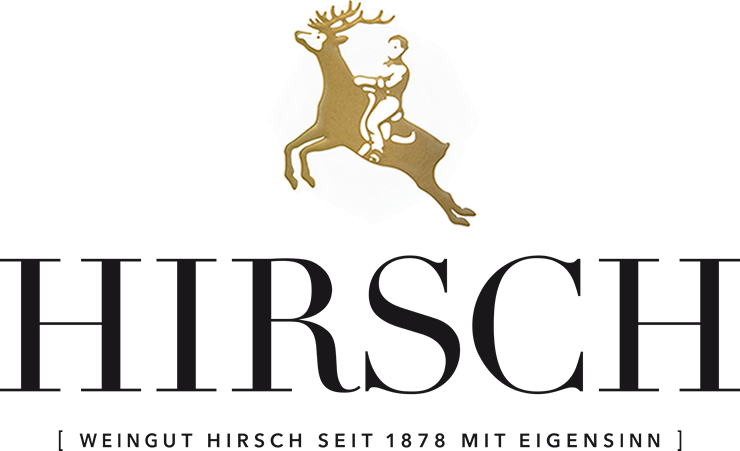Ried Gaisberg 1 ÖTW Kammern
Grüner Veltliner 2020
Kamptal DAC
TASTING NOTE
Still some youthful funk on the nose, but with a little aeration a wide spectrum of baking spices (nutmeg!) emerge from this very elegant and graceful gruner veltliner.
Extremely long, silky finish with complex herbal and citric notes. From biodynamically grown grapes with Respekt certification. Drinkable now, but best from 2023. Patience will be richly rewarded! Screw cap.
STUART PIGOTT – James Suckling
13,0 Vol %, large oak cast/stainless steel
Biodynamic according to Respekt – AT-BIO-402
James Suckling: score 95
Falstaff: score 94
VINUM: 18.5 points
THE SITE
The slopes of this wine-growing area vineyard extend eastwards from the Heiligenstein mountain; they have a clear southerly aspect and an average gradient of about 11%.
The low-lying areas have highly calcareous chernozem soils with fragments of crystalline rocks, derived from the underlying loess which in turn overlies gravel beds. The upper parts of the slopes consist predominantly of gneiss with amphibolite lenses, and occasional remnants of loess. The overlying soil is a calcareous brown earth with varying proportions of coarse material. Where the brown earth rests directly on gneiss it is generally non-calcareous but it may be calcareous where it has developed on amphibolite.
WINEMAKING
Harvest in October. Whole bunch pressing, fermentation only with natural yeasts. Maturation occurring in both stainless steel tanks and large oak barrels. The wine rested on the lees until middle of May prior to bottling at the end of July and release in September 2021.
THE 2020 VINTAGE
The rather dry, mild winter was followed by a very dry start of spring, which surprised with considerable temperature fluctuations. This initially delayed budding, which ultimately benefited the vines, since during the late frosts in March our vineyards were unscathed. After experiencing the peak of the dry period in April, May came with rainfall levels well above the long-term average. This caused a vegetative boom in the vineyards, flowering took place at the usual pace.
The summer remained moderately warm, but very humid. Yet it was again proof that intensive and thorough work in the vineyard pays off. Harvest did start in the second half of September.
After several intensive weeks and the months that have passed since then, we can look back with satisfaction on the results. It will be a classic Hirsch year – lively acidity, low alcohol levels, clear, fine fruit, pure drinking pleasure.
Available formats: 0,75 l / 1,5 l / 3,0 l / 6,0 l

